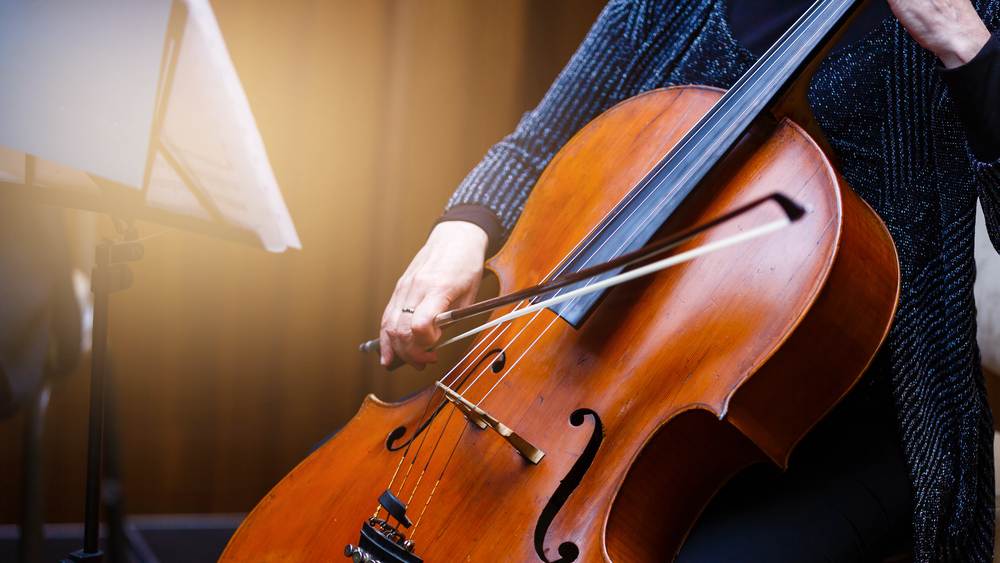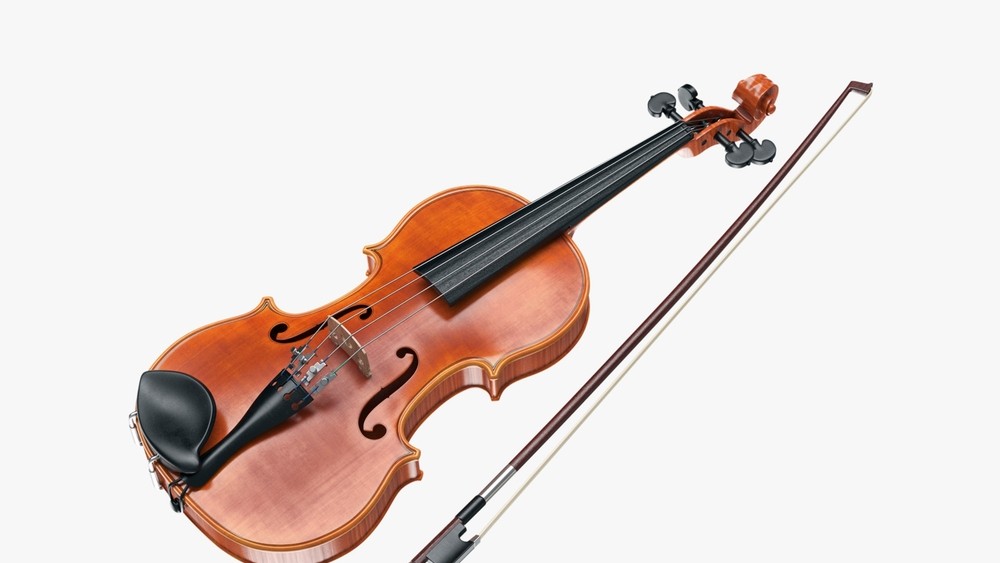
Learning to play the cello can be such a beautiful and rewarding experience. Not to be mistaken with violins or violas, Cellos are versatile instruments producing a rich, warm sound that can be played in a variety of musical styles. Playing the cello offers a variety of personal and cognitive benefits, including an improvement in coordination and fine motor skills, as well as a way to express your creativity. Whether you are a beginner or an experienced player, the cello can also be a great form of stress relief. Whatever interests you in playing cello, knowing the types of cellos to choose from can also positively impact this enriching musical experience.
The Different Types of Cellos & What They Do
Several types of cellos are available, each with its own unique characteristics and sound qualities. Here are seven examples of different types of cellos and what they do.
Acoustic Cellos
An acoustic cello is a traditional, non-electricized cello that produces sound through its resonating body and strings. Acoustic cellos do not use electronic amplification or any other artificial amplification. These types of cellos are typically made of wood and used in a variety of musical genres, from classical to folk music.
Carbon Fiber Cellos
A carbon fiber cello is a modern type of cello made from carbon fiber materials combined with other materials like resin or plastic. Carbon fiber cellos are strong, lightweight, and durable, making this type of cello well-suited for young musicians with limited strength or musicians who regularly participate in outdoor performances.
Electric Cellos
An electric cello is another modern type of cello that has an electric pickup and amplifier. Electric connections of electric cellos mean that these specific types of cellos can be plugged into an amplifier or PA system for amplified sound.
5-String Cellos
The traditional cello is designed with 4 strings, though there are also 5-string cellos. A 5-string cello, also known as a viola pomposa, features a low tonal range, similar to the traditional cello. The fifth string added increases the tonal range so that the cello can play higher tones.
Baroque Cellos
A baroque cello is made from the historical instruments of the Baroque era. Baroque cellos typically have a lower pitch and use gut strings. A baroque cello is primarily used in performances of Baroque-era music.
Small Scale Cellos
Small-scale cellos include the ¾ cello and the ½ cello. The ¾ cello is slightly smaller in size than the traditional acoustic cello, typically used by young musicians or adults with a smaller stature. The ½ cello is even smaller than the ¾ cello and more commonly used by very young players.
Full-Size Cello
The full-size cello is the most common type of cello and is suitable for players of all ages and skill levels.
Making Cellos: How Are They Made and What Are the Materials Used?
Cellos are typically made through a combination of woodworking and string instrument-making techniques. The back, sides, and neck of a cello are typically made from the same type of material, and a different kind of material is used to make the strings. Assembling the body of a traditional cello typically involves carving and shaping the wood to desired specifications. Making cellos is a complex process that involves shaping the neck, scroll, and body of the cello. Fittings and strings need to be installed before finishing and varnishing the cello to protect the material and enhance its appearance.
Here are some types of materials that are used to make cellos.
Basswood
Basswood is a soft wood commonly used in furniture and interior trim work. This type of wood is relatively lightweight and has a pale coloring. Basswood can be used in making parts of a cello or as a substitute for more popular woods.
Ebony
Ebony is a hardwood prized for its dense, dark color and ability to hold its shape for a long period of time. This type of wood is typically used to create fingerboards and tuning pegs on a variety of stringed instruments, including the cello.
Maple
Maple is typically considered the wood of choice for the neck, back, and sides of a cello. This type of wood is known for its strength, stability, and aesthetic qualities. Several different species of maple can be used to make cellos, including flamed maple and birds-eye maple.
Poplar
Poplar is a light, soft wood also commonly used in furniture as well as cabinetry. This type of wood is not used as often as other types of wood because it lacks the resonance and durability needed for making cellos.
Spruce
Spruce is another wood of choice when making cellos, especially the top of the cello, known as the soundboard. Spruce is a strong wood with excellent vibrational properties, which makes it ideal for producing the rich, resonant sounds of a cello.
Willow
Willow is a soft wood not commonly used for making cellos because it lacks the resonant qualities of other types of woods.
Carbon Fiber
In addition to traditional woods, some modern cellos are made of carbon fiber and other alternative materials. Carbon fiber can be more durable and resistant to environmental impacts like changes in temperature or humidity.
How Cello Bows Are Made
Cello bows are made from a variety of materials, including natural materials like horsehair and Pernambuco wood and synthetic materials like carbon fiber. The process of making a cello bow typically involves selecting the right type of wood to shape the stick of the bow. The part of the bow that holds the hair and adjusts the tension of the strings is called the frog. The frog is installed on the bow through careful carving and fitting. Then the hair, typically horsehair, gets installed and attached to the frog and tip of the bow. The final steps of making the cello bow involve balancing and weighting the bow to ensure it will perform optimally.
The Core Characteristics of Cello Strings
Cello strings play a vital role in producing the rich, resonant sounds of the cello. The core characteristics of cello strings include the gauge, material, tension, resonance, and durability. The gauge of cello strings refers to the thickness, which affects the tension and overall tone. Thicker strings with higher tension produce a brighter, more focused sound, while thinner strings with lower tension produce a warmer, more rounded sound. Musicians also choose different types of material for cello strings based on both personal preferences and the sounds they hope to produce.
Choosing the Right Cello for You

Choosing the right cello for you can come down to a few factors, including your budget, size, and skill level of playing. One of the best ways to determine what cello type is right for you is by playing several different options to see what sounds and feels best. You can also work with a private cello teacher to determine the perfect fit for you. Lessons In Your Home offers private cello lessons with professional and passionate teachers who work with your schedule and come to you for personalized attention.
